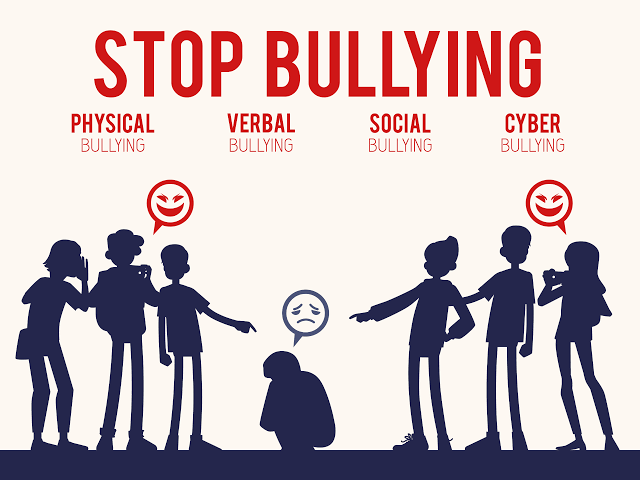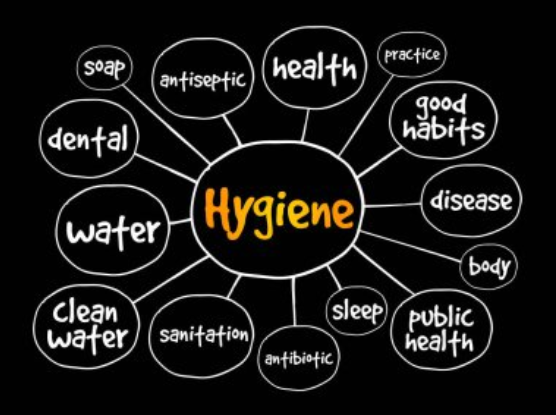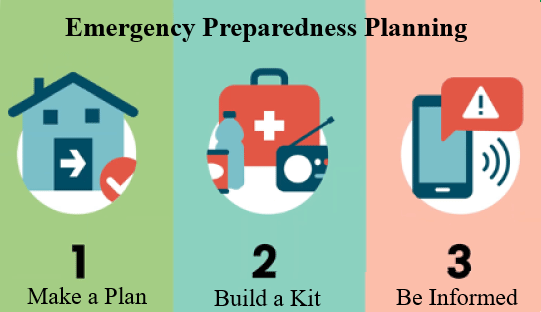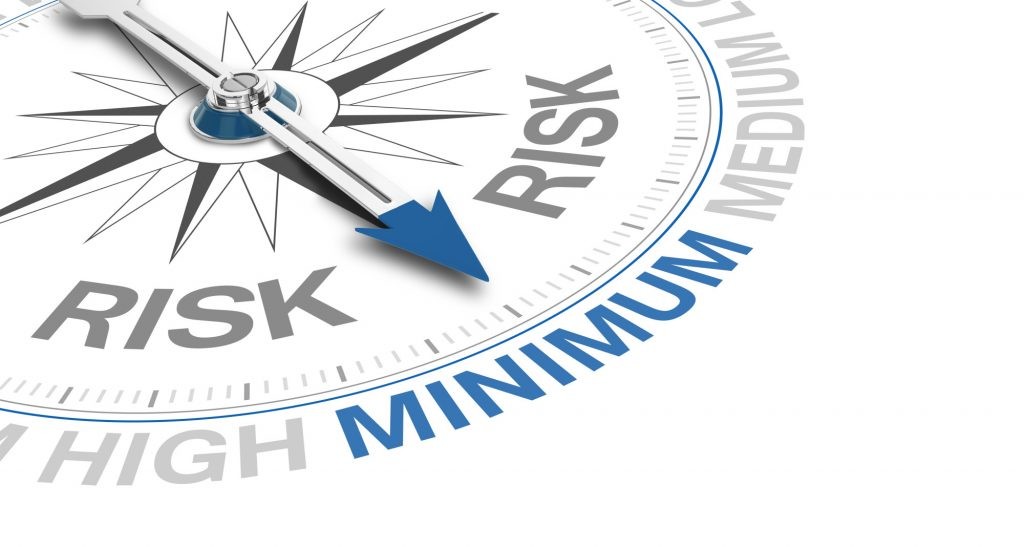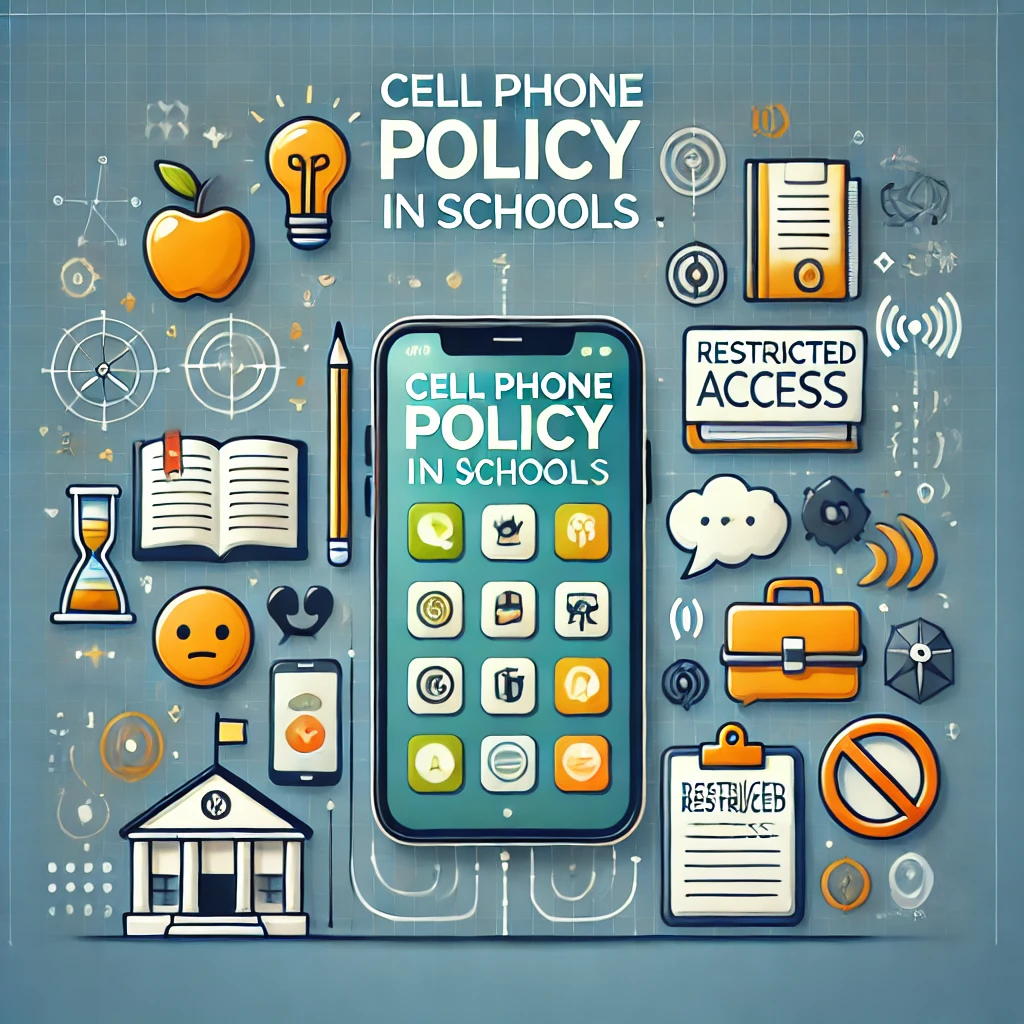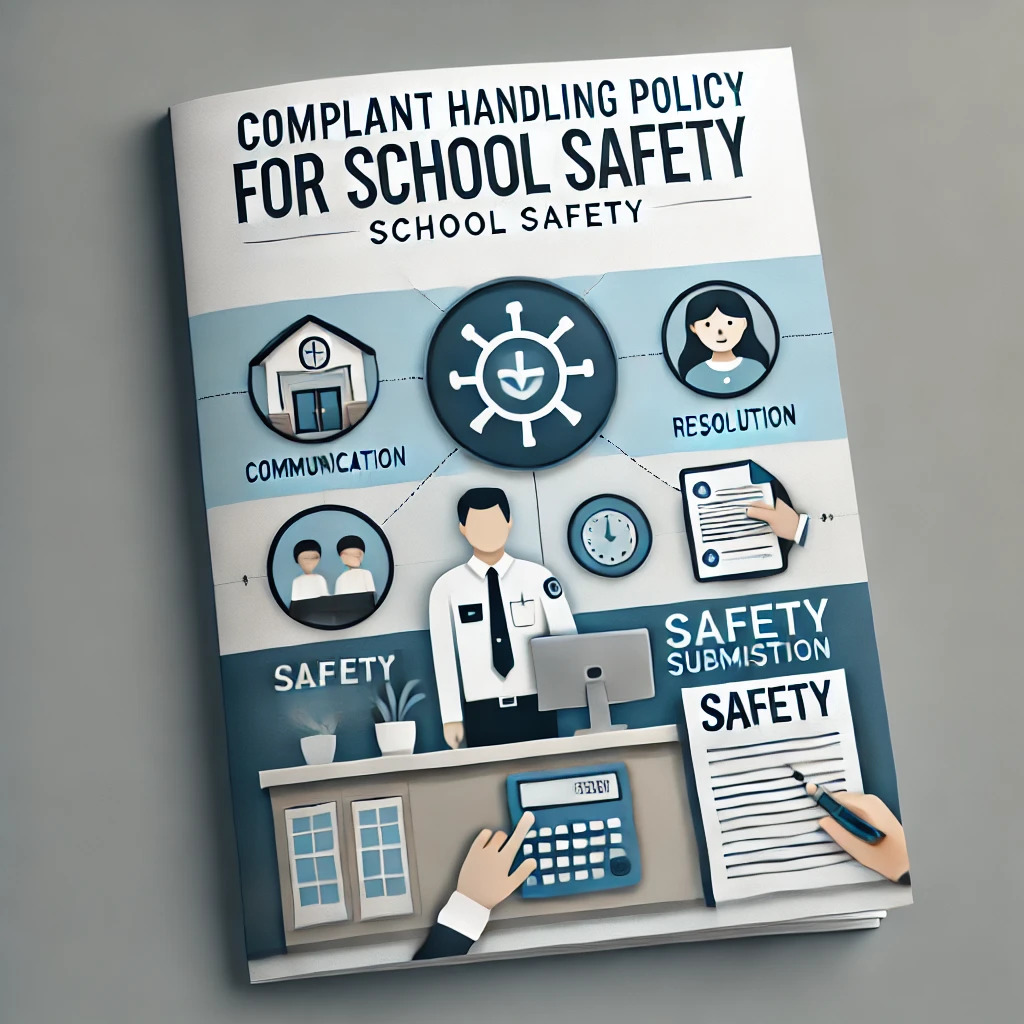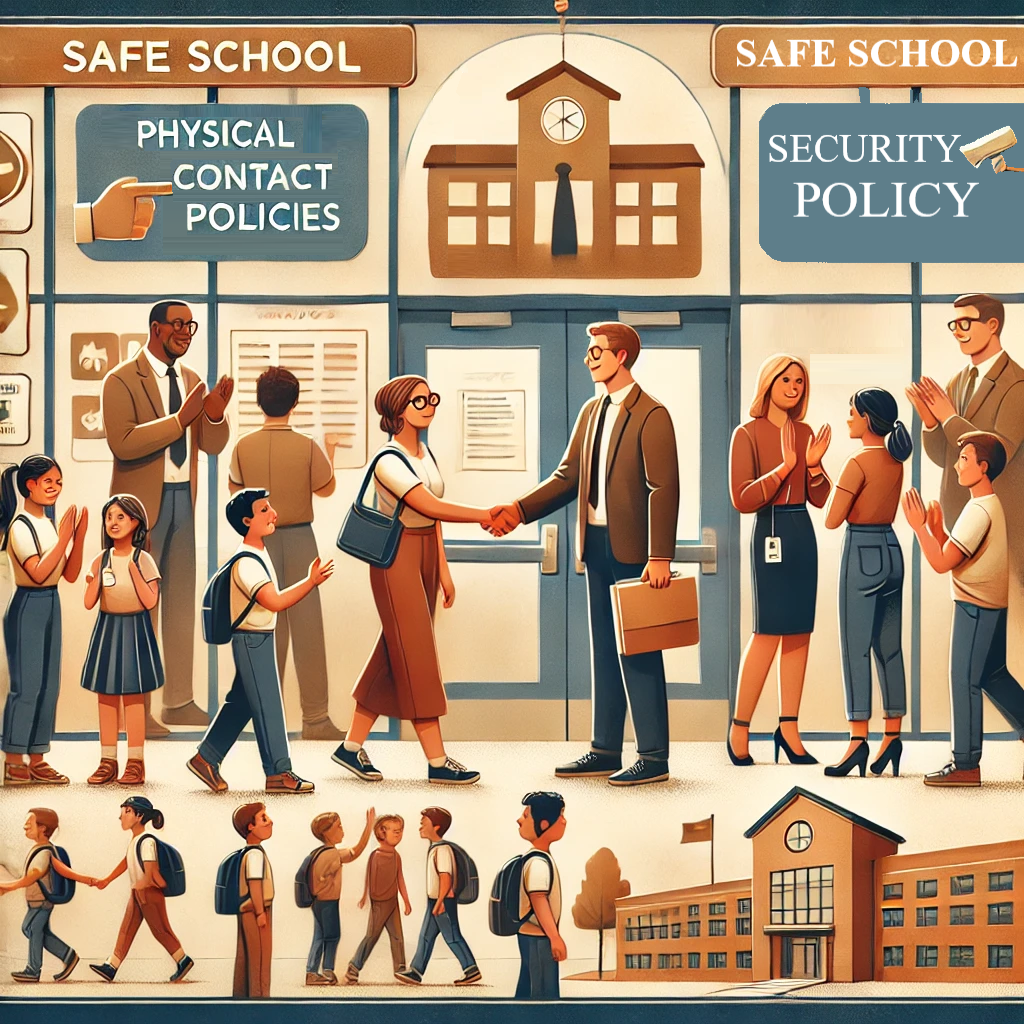Defining Bullying and its Impact on School Safety
Introduction
Bullying is a pervasive issue affecting students' physical, emotional, and
psychological well-being. A well-defined anti-bullying policy is vital for
fostering a safe school environment. This blog delves into the critical
elements of such policies, including definitions, consequences, and reporting
mechanisms.
Defining Bullying
Bullying encompasses various behaviors like physical aggression, verbal
harassment, social exclusion, and cyberbullying. A robust policy should outline
these categories with specific examples, enabling students, parents, and staff
to identify and address harmful actions effectively.
Consequences and
Accountability
A clear, tiered system of consequences helps deter bullying. Schools must
implement age-appropriate measures, ranging from counseling to suspension,
ensuring consistency and fairness. This not only discourages bullying but also
instills a sense of responsibility among students.
Reporting Mechanisms
Accessible and anonymous reporting systems, such as online portals or
suggestion boxes, empower victims and bystanders to report incidents without
fear of retaliation. Schools must ensure confidentiality and take swift action
to address complaints.
Prevention and
Education
Proactive measures like workshops, peer mentoring programs, and parental
involvement play a crucial role in preventing bullying. Creating a culture of
kindness and respect helps mitigate issues before they escalate.
A comprehensive
anti-bullying policy is more than just a document; it’s a commitment to
safeguarding students’ well-being and ensuring a conducive learning atmosphere.
